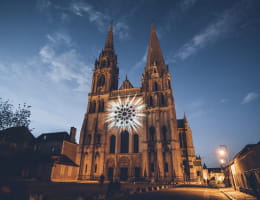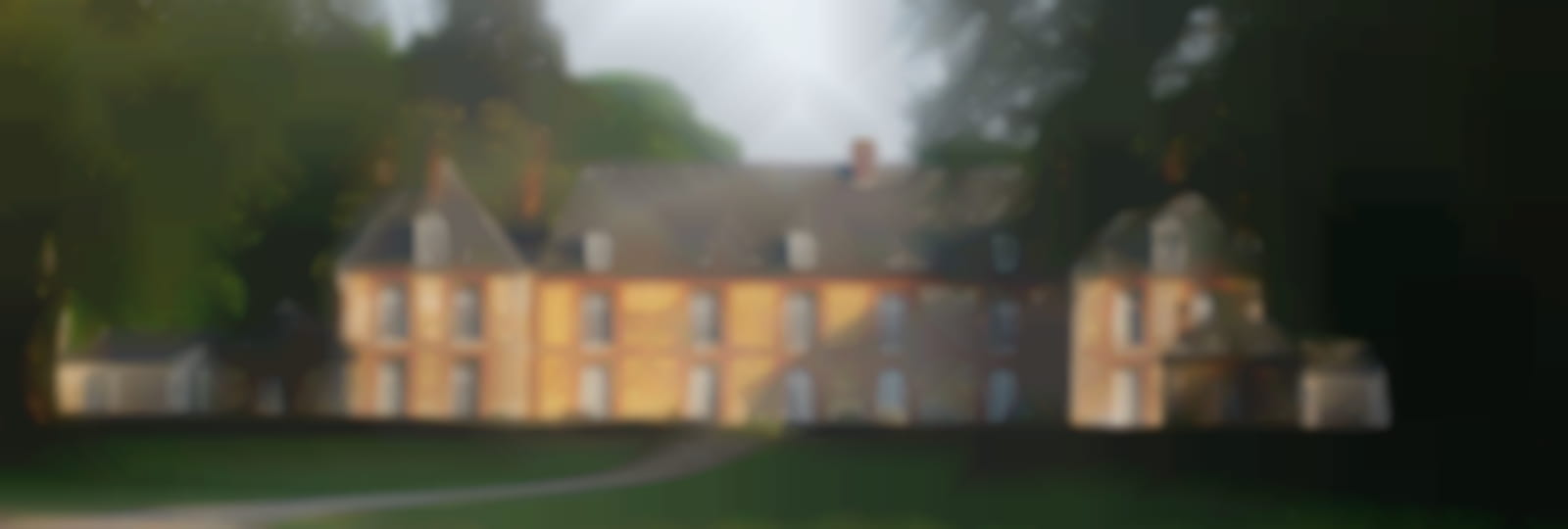A precious specimen of the manor house rebuilt under Louis XIII, Château de Blanville, surrounded by a park, has conserved all the simplicity, distinction and balance of that great century.
Built in the 17th century and modified in the 18th, the chateau was designed for family life and for farming the domain, and therefore keeps this image of simplicity and harmonious balance in the way that it is constructed, with its French touch. Historically, Blanville was a stately presence in the 16th century but the arrival of Léonard du Cluzel in 1738 gave it renewed importance. He added two lodges to the residence, on each side of the dry moats and extended the park, which gave added balance and romanticism to the premises. When he died his son François du Cluzel inherited the chateau but was too busy looking after the city of Tours (which today has a road named after him) to take care of the chateau. Built in the 17th century and modified in the 18th, the chateau was designed for family life and for farming the domain, and therefore keeps this image of simplicity and harmonious balance in the way that it is constructed, with its French touch. Historically, Blanville was a stately presence in the 16th century but the arrival of Léonard du Cluzel in 1738 gave it renewed importance. He added two lodges to the residence, on each side of the dry moats and extended the park, which gave added balance and romanticism to the premises. When he died his son François du Cluzel inherited the chateau but was too busy looking after the city of Tours (which today has a road named after him) to take care of the chateau. Built in the 17th century and modified in the 18th, the chateau was designed for family life and for farming the domain, and therefore keeps this image of simplicity and harmonious balance in the way that it is constructed, with its French touch. Historically, Blanville was a stately presence in the 16th century but the arrival of Léonard du Cluzel in 1738 gave it renewed importance. He added two lodges to the residence, on each side of the dry moats and extended the park, which gave added balance and romanticism to the premises. When he died his son François du Cluzel inherited the chateau but was too busy looking after the city of Tours (which today has a road named after him) to take care of the chateau.
- No pets allowed
- Parking
28190 SAINT-LUPERCE




































